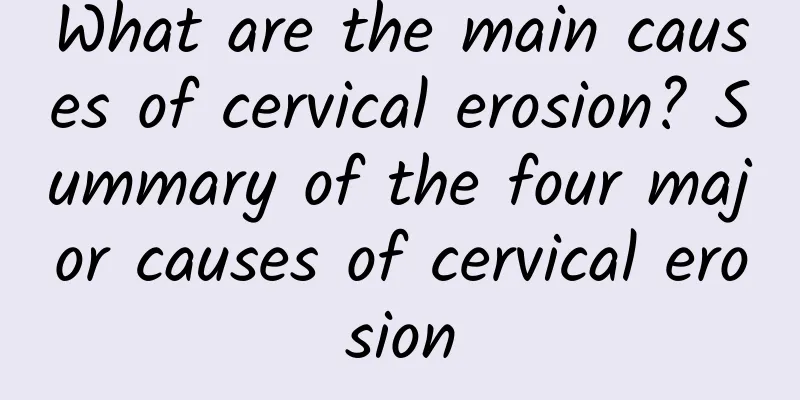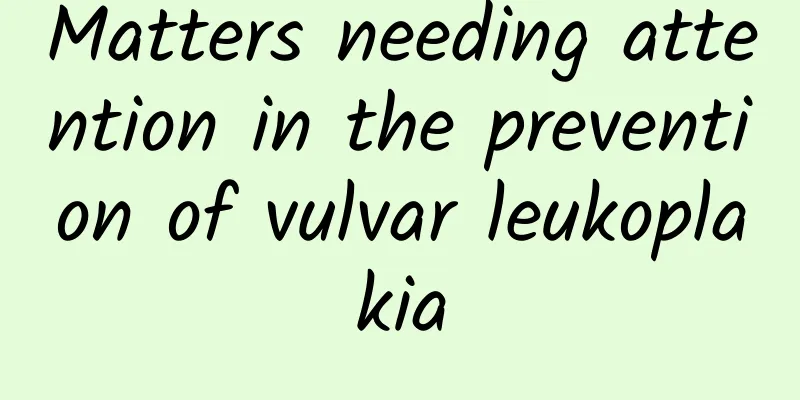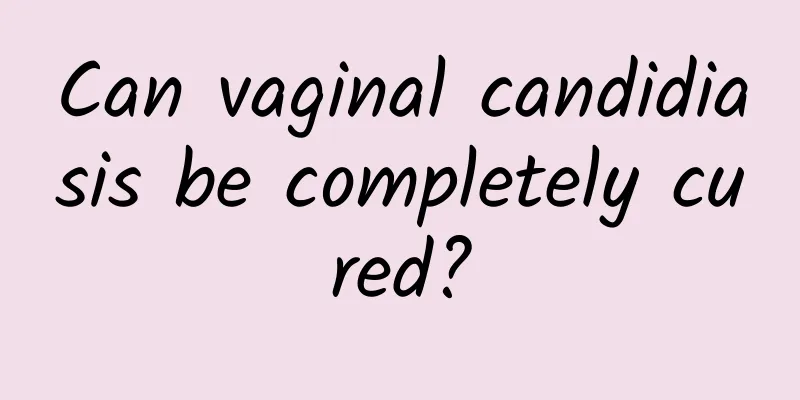Can I get pregnant with cervical and intrauterine adhesions?

|
Cervical and intrauterine adhesions may affect pregnancy, but they do not completely block the possibility of pregnancy. Cervical and intrauterine adhesions are a gynecological condition usually caused by infection, scar formation after intrauterine surgery, or trauma. This condition may cause partial or complete closure of the uterine cavity, thereby affecting the chance of sperm and egg combining, or affecting the normal implantation and development of the fertilized egg in the uterus. This may also lead to decreased menstrual flow, difficulty in fertility, and even infertility. In specific cases, the possibility of pregnancy depends on the severity of the adhesions and the patient's overall health. The doctor can use imaging examinations and hysteroscopy to make a clear diagnosis and assess the extent of the impact. Treatment for cervical adhesions depends on their severity and impact on fertility. Mild adhesions may be treated with medication, usually hormonal medications, to help restore normal physiological function. If necessary, your doctor may recommend surgical treatment, such as hysteroscopy, to break up adhesions and restore the normal shape of the uterine cavity, thereby improving the possibility of pregnancy. For women who have not been successful in getting pregnant after this treatment, assisted reproductive technology, such as in vitro fertilization (IVF), may be considered, which can bypass the obstacles that cervical adhesions pose to natural conception. Treatment for cervical adhesions depends on their severity and impact on fertility. Mild adhesions may be treated with medication, usually hormonal medications, to help restore normal physiological function. If necessary, your doctor may recommend surgical treatment, such as hysteroscopy, to break up adhesions and restore the normal shape of the uterine cavity, thereby improving the possibility of pregnancy. For women who have not been successful in getting pregnant after this treatment, assisted reproductive technology, such as in vitro fertilization (IVF), may be considered, which can bypass the obstacles that cervical adhesions pose to natural conception. In daily life, we should pay attention to the prevention and management of cervical and intrauterine adhesions, avoid unnecessary intrauterine surgery and infection, and maintain good reproductive health habits. After surgery, we should have regular follow-up examinations as recommended by the doctor to detect and deal with possible recurrences as early as possible. If you find any discomfort or fertility difficulties during the pregnancy preparation period, you must seek medical attention in time, get a diagnosis as soon as possible, and take appropriate treatment measures according to the doctor's advice to create better conditions for pregnancy. |
<<: Abnormal vaginal discharge with acupuncture-like lower abdomen
>>: Is cervical hypertrophy harmful?
Recommend
Everyone should have a full understanding of the care of adnexitis
Adnexitis is a very common gynecological disease,...
Love to use domestic products! The government is keeping a close watch on agricultural products, so you can enjoy them with peace of mind
In order to promote Taiwan's high-quality agr...
Female friends should do a good job in preventing cervical hypertrophy
When female friends suffer from cervical hypertro...
What are the main causes of irregular menstruation?
Girls will experience many phenomena during their...
How to treat the second degree of female cervical erosion? Four methods to quickly solve cervical erosion
Cervical erosion is a relatively common gynecolog...
Get rid of the carrots! 2 movements to easily slim your calves
No matter after running or shopping, what girls f...
What is the diet like after uterine fibroid surgery?
"What are the dietary precautions after uter...
How many days after ectopic pregnancy surgery?
What does ectopic pregnancy mean? What we call &q...
Can female cervicitis cause cervical cancer? What are the causes of female cervical cancer?
Cervicitis is one of the most common gynecologica...
How to cure vulvar leukoplakia
How can vulvar leukoplakia be cured? Vulvar leuko...
Can cervical erosion be inherited?
Cervical erosion is a manifestation of chronic ce...
What are the main symptoms of vulvar itching?
Many women with vulvar pruritus will scratch with...
Can winter tonics help burn fat? 6 tips from a weight loss doctor
The winter tonic horn has sounded, and various ho...
What harm does vaginitis bring to female friends?
Vaginitis is a common gynecological disease, whic...
Will taking painkillers for dysmenorrhea affect fertility? You need to consult a doctor
Dysmenorrhea is a problem that many people will e...









